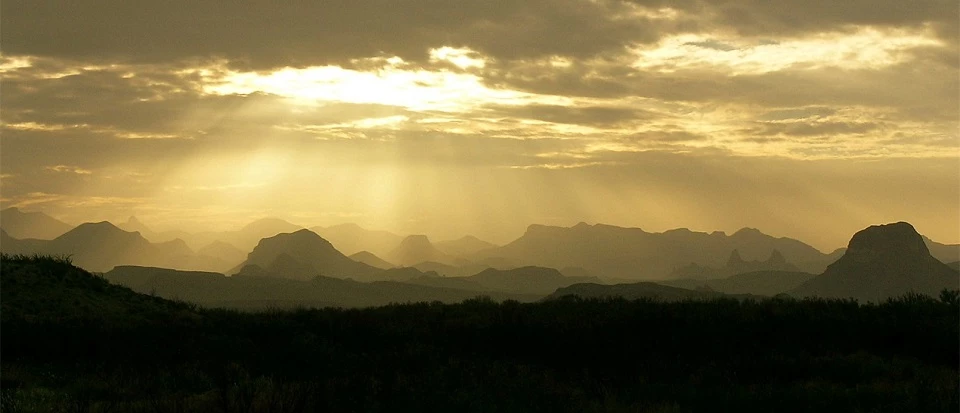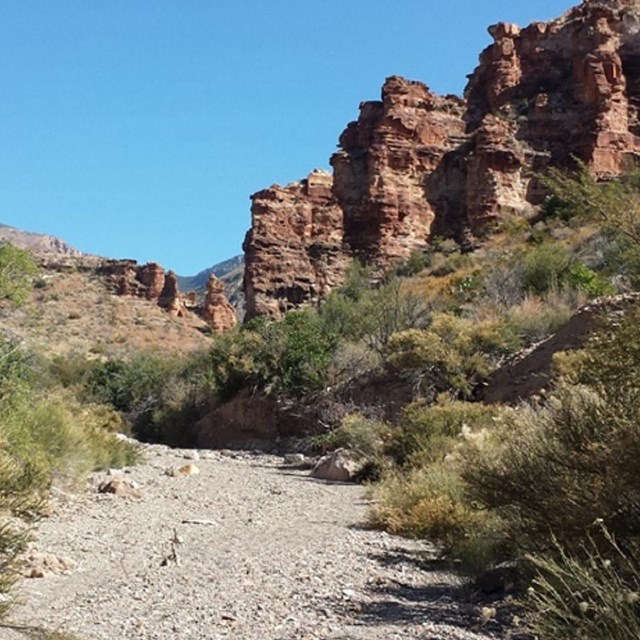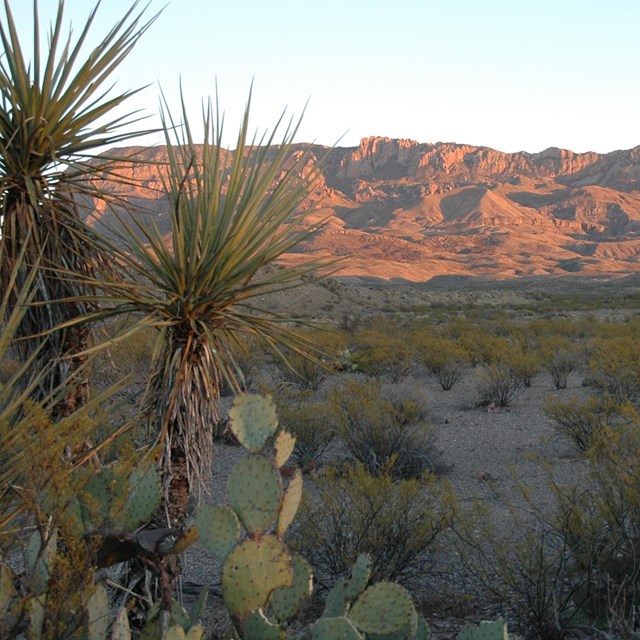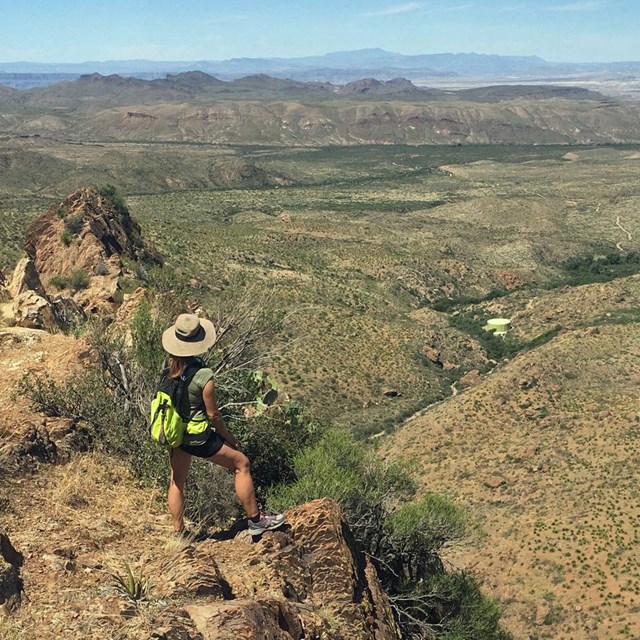
Defining Federal WildernessThe 1964 Wilderness Act passed Congress overwhelmingly. Signed by President Lyndon Johnson of Texas, it is one of the most eloquent laws ever written, lyrically defining wilderness and why it is crucial to protect it “A wilderness, in contrast with those areas where man and his works dominate the landscape, is hereby recognized as an area where the earth and its community of life are untrammeled by man, where man himself is a visitor who does not remain.” The land must be free of modern developments, retain its primeval character, and have outstanding opportunities for solitude or primitive recreation. Such areas are to be “devoted to the public purposes of recreational, scenic, scientific, educational, conservation, and historical use.” Protecting Wilderness at Big Bend Remains Unfinished BusinessIn 1978 the National Park Service completed a multi-year Big Bend wilderness study which resulted in a recommendation to Congress that 538,250 acres of the park be designated as wilderness and 44,750 acres be identified as potential wilderness. Congress has yet to act on the recommendation, and only Congress can make those protections permanent. Wilderness Designation at Big Bend Would Assure Things Remain As They Are TodayAll existing developments and public roads, and the entire Rio Grande, are outside of the recommended wilderness areas, assuring that Big Bend visitors will still be able to drive the roads, stay overnight at the Lodge, or a drive-in campsite, and float the Rio Grande as they do today. Park management is committed to maintaining and improving infrastructure in the already developed areas. Trails and primitive campsites are important parts of Wilderness. Border security operations would also not be affected. NPS Policy LinksTo support the mandates of the Wilderness Act, the NPS developed specific policy to address wilderness management and stewardship. NPS Management Policies 2006, Chapter 6 and Director's Order 41 (2013), which are updated on a periodic basis, help managers understand why wilderness is important and how they can manage these areas most effectively. Wilderness is for ALLFind YOUR WildernessRecent Articles About Big Bend WildernessHouston Chronicle, June 13, 2023 Wilderness Eligibility for the North Rosillos area of Big Bend
Discover Big Bend's Wild Places
|
Last updated: November 18, 2025



